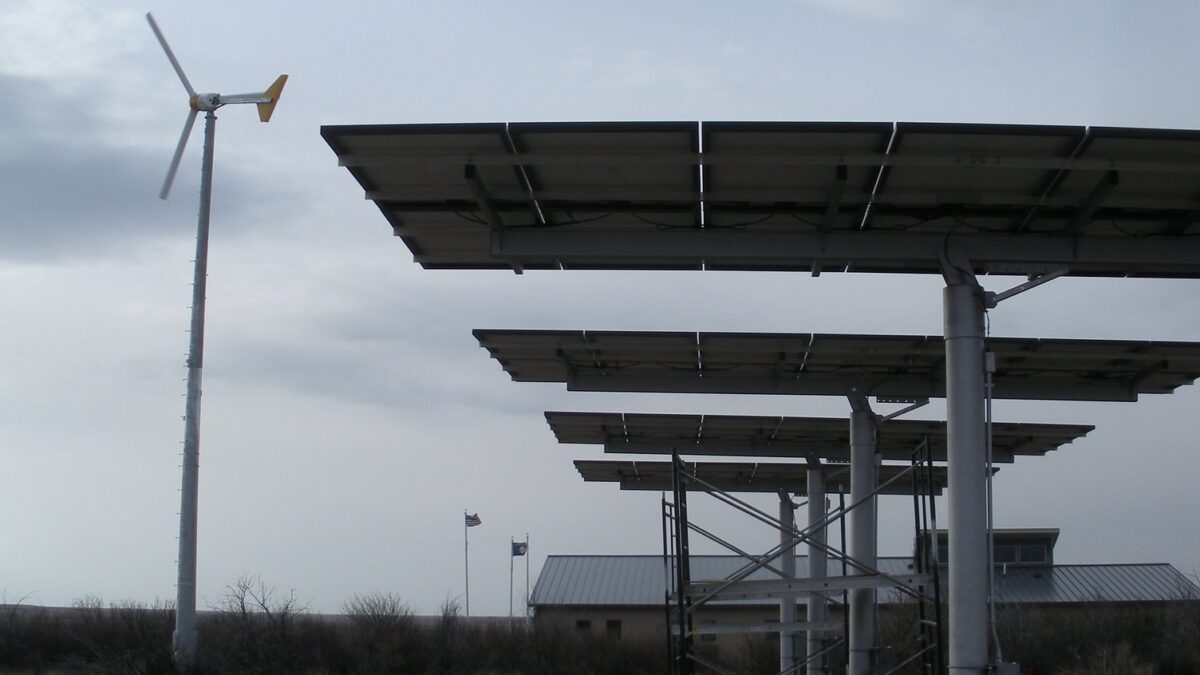In the year 2084, the world had reached an equilibrium of sorts — a strange, unbalanced balance that no one had aimed for but had settled into, like dust after a storm. The skies, once bustling with the egalitarian hustle of air travel, had quieted down, reserved now for the sleek, whispering jets of the elites: politicians who crafted the future from the clouds; entertainment superstars like Brittany Quick, whose laughter filled the air more than any long-gone bird’s song; and tech billionaires, the new deities who decided what the world needed next.
Below them, the world moved on wheels and rails, in silent electric vehicles and trains that snaked through the landscapes, their schedules dictated not by the clock, but by the whims of the power grid.
Electricity, the lifeblood of this new era, was in perennially short supply. The irony was palpable. Humanity had finally turned its back on burning the ancient remains of a bygone era, only to find itself shackled to the caprices of the sun and the wind. The earth, a patchwork of solar arrays and wind turbines, no longer sang with the chirps of birds or the flutter of bats. They had vanished, casualties of progress, leaving behind a burgeoning population of rodents and insects that feasted on the crops, unchallenged. The morning air was filled with the mechanical thrumming of turbine blades, a requiem for the lost melodies of nature — and to some, a maddening source of migraines.
Far from the public eye, a conflict raged in the heart of Congo, where the earth bled rare minerals essential for the batteries that powered the new world. Here, child laborers, who had long toiled under the yoke of Chinese corporate overlords, rose in a violent revolt that claimed thousands of lives, threatening stretched supply chains. The news of this distant war barely rippled across the surface of the global consciousness; it was drowned out by the latest celebrity scandal or political maneuver.
In a small town, far removed from the corridors of power and the battlefields of resource wars, an inventor toiled away in obscurity. In his cluttered garage, amid relics of a bygone technological era, he had resurrected a forbidden marvel — the internal combustion engine. This new vehicle, a contraption pieced together with ingenuity and defiance, promised a revolution. It was lighter than any electric vehicle, cheaper to build, gentler on the roads, could be refueled in just a 10th of the time, and was capable of going distances that electric dreams couldn’t match. More importantly, it asked for none of the rare earth elements that blood was spilled for, while requiring half the steel that had to be torn from the Earth’s crust.
The demand for such a thing would be enormous, the inventor knew — making him rich and famous — but also improving the lives of billions of people around the world, tapping the virtually limitless reserves of petroleum he knew to be abundant in his nation and many others around the world.
To his friends, the inventor was a madman, dabbling in technologies that “Science” had condemned. They whispered warnings, their voices tinged with fear and awe, cautioning him against attracting the gaze of the “Office of the Chief Science Consensus Enforcement Division.” But the inventor, driven by visions of a different future, pressed on. His creation was not just a vehicle; it was a statement, a challenge to the status quo, a beacon of hope for those who had been grounded by the new world order.
The end, when it came, was neither grand nor dramatic. It was as mundane as the arrest of a single individual can be. The inventor, caught in the act of driving his creation, was swiftly apprehended by the Enforcement Division — called “Big ED” by the masses. His friends, who had once admired his courage from a safe distance, turned their backs, their fear of attracting attention outweighing their loyalty or curiosity at his creation.
The inventor’s contraption was dismantled, its pieces scattered to the winds, a clear message to any who dared dream of deviating from the prescribed path of Progress. The skies remained the domain of the elites, the roads and rails below choked with the silent procession of electric vehicles, and the power grid continued its capricious dance, dictating the pace of life on the ground.
Yet the story of the inventor lingered, a whisper of dissent that refused to be silenced. It traveled through the underground networks of discontent, a legend of resistance against a future that had been decided without consent. In the hushed conversations of those who remembered the world before, the inventor’s tale was a spark, a reminder that even in the most dystopian of futures, the human spirit, with its relentless drive for innovation and freedom, could not be entirely quenched.
But the true power of the inventor’s creation was not in its mechanics nor its defiance of electric limitations. It was in the idea it represented: Advancement is not a government-planned and coerced straight line leading to a predetermined destination, but a tangled web of possibilities, each path marked by the choices of free individuals in free markets daring enough to challenge the consensus — or who simply want something better for themselves and their families.
But in a world bound by the rules of the elites, the inventor’s engine was a threat that had to be annihilated — the physical object, the memory of it, and the idea of it.









